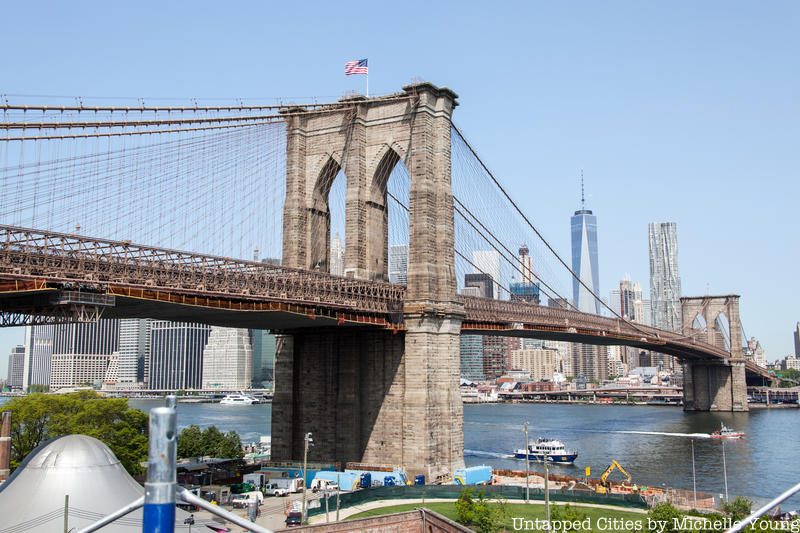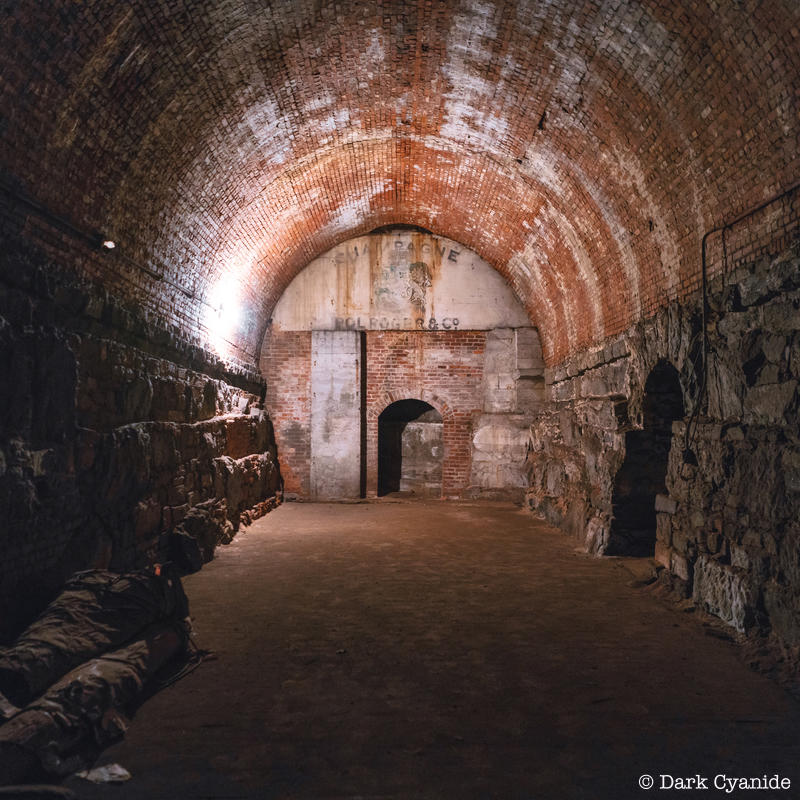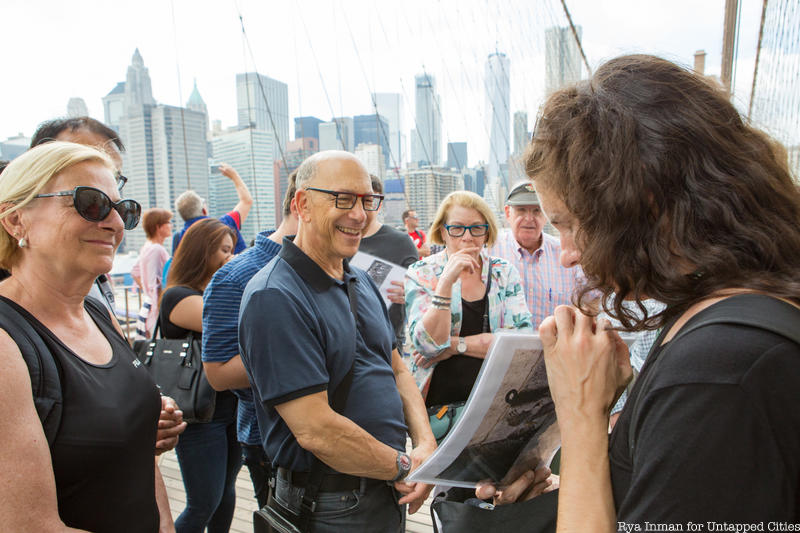
A walk over the Brooklyn Bridge is one of New York City’s most popular past times for tourists and residents alike. It’s hard not to be amazed by the granite and limestone structure which has straddled the East River for over 140 years, connecting the island of Manhattan to Brooklyn. Completed in 1883 after nearly fifteen years of construction, the bridge was an engineering marvel. At the time of its completion, the Brooklyn Bridge was the longest bridge ever built and the tallest structure in New York City’s skyline.
Over the past 140 years, this iconic landmark has been attached to countless stories and myths, secrets, and fascinating facts. From the curse of the family of engineers who designed it and the fatal stampede caused by fear of its collapse to the geological history embedded in its stone and the hidden chambers within that hosted parties, stored booze, and served as a fallout shelter, uncover the secrets of the Brooklyn Bridge here in our ever-evolving list and by joining us on our Secrets of the Brooklyn Bridge walking tour!
1. There Were Parties and Champagne Vaults Inside the Bridge

On both the Manhattan and Brooklyn sides of the bridge, there are massive stone anchorages that were designed to secure the bridge’s cables and resist their tremendous pull. Inside the foundations on the Brooklyn side, bridge designer John A. Roebling designed eight interior spaces with 50-foot-high cathedral ceilings in anticipation of turning them into retail space. However, this plan fell through, and they have been largely used for storage and other creative purposes.
Inside the cavernous vaults, space was rented out for wine and champagne storage. The alcohol was kept at stable temperatures throughout the year and the rent helped offset the cost of the bridge (along with appeasing alcohol purveyors whose warehouses were demolished for the bridge’s construction). The New York Times reported that city records show that the “‘Luyties Brothers’ paid $5,000 for wine storage in a vault on the Manhattan side. ‘A. Smith & Company’ paid $500 a year from 1901 until 1909 for a vault on the Brooklyn side.”
The massive spaces on the Brooklyn side also played host to a series of creative art installations, performances, and events produced by Creative Time, originally in honor of the Bridge’s Centennial. A new installation was unveiled every summer from 1983 until 2001. Multiple artists over the years were commissioned to create new works addressing the “vivid historical and visual qualities of the Anchorage,” including the barrel-vaulted ceilings and massive masonry piers housing the bridge’s cables. The often immersive installations included everything from fashion shows, to sound and light installations and performances.
Today, the vaults are still used for storage but are closed to the public. They have been off-limits since 2001 when safety concerns were raised post 9/11. Their inaccessible nature makes them an even more desirable place to gain access to. In 1999, Maria Smith, a spokesperson for the D.O.T., told the Times that ”People call up sometimes and say they’d like to live there.” In fact, according to Edible Geography, a homeless person was found living in one of the vaults, discovered during a promotional visit for the film The Taking of Pelham 1 2 3. Recent visitors in the last few years have reported to us that they’ve found soil samples in jars, Department of Transportation filing cabinets filed with bridge specs, catering items lying around, and more.






